
This is the ninth module of GuildOne’s Blockchain Digest, a series of brief articles intended to provide a basic understanding of blockchain technologies. The previous module looked at an oil and gas transaction type that is particularly well suited for blockchain, royalty payments. This module will look at another complex, multi-party transaction type that can benefit greatly from blockchain, joint ventures.
What are Joint Ventures?
 A joint venture (JV) is an agreement that joins together two or more parties who agree to work together for the purpose of executing a particular business pursuit. In oil and gas, this can mean working together to jointly develop and operate an oil and gas facility, such as a well, a battery (oil storage), a refinery or a pipeline, for example.
A joint venture (JV) is an agreement that joins together two or more parties who agree to work together for the purpose of executing a particular business pursuit. In oil and gas, this can mean working together to jointly develop and operate an oil and gas facility, such as a well, a battery (oil storage), a refinery or a pipeline, for example.
Companies may enter into joint ventures for a number of reasons. They may bring complementary skills and experience to the project or they may need to combine resources to meet the high capital requirements of a project. The latter is particularly true in industrial projects such as heavy oil extraction and processing facilities. A party may also prefer to reduce its risk associated with a particular project by inviting others to share in the investment.
JVs may also form out of necessity. In some jurisdictions, such as Alberta, a company must own all mineral rights in a drilling space unit (DSU) before they can receive a permit to drill. It is common for different companies to own mineral rights for different subsections of a DSU. As a result, the companies may need to form a JV before any drilling can take place.
JV Working Interests
Typically, JVs can include any number of parties. Generally speaking, the parties agree to share project expenses and revenues in proportion to the percentage of the project that they own, or their working interest. However, in some cases, the parties may negotiate different working interests.
JVs are usually led by the project’s operating company (the operator), who is responsible for the day-to-day management and operation of the project. The operator typically incurs all direct and indirect operating costs and must recover those costs from the JV partners.
The Problem with JVs: Recovering Expenses
JVs have many benefits; however, the process of recovering expenses entails a number of challenges. JVs usually involve large, complex projects and/or multiple projects. They consist of multiple partners, each of whom has a different working interest, which means that each one’s share of expenses is different. If the JV includes a number of projects or assets, the working interest of each party may vary from one project or asset to another.
With multiple expenses across the JV project, operators will be submitting claims for hundreds or thousands of expense line items. With the number of partners, varying working interests, and the complexity of agreements involved, this can be a very data- and resource-intensive process. It also creates significant potential for disputes.
The process of recovering expenses from JV partners is known as joint interest billing (JIB), a process that is unique to the oil and gas industry. There are a number of automated JIB solutions that help JV partners manage their expenses. However, they are still based on manual expense-tracking and data-entry processes. As such, they are a source of delay, dispute and inefficiency. There are a number of reasons for this:

- JV projects are often large, complex projects, which entail thousands of expenses per month. The number of transactions the JV partners must process can be very high;
- JV partners have no visibility into the originating data, which is stored on the operator’s systems. So if the expenses claimed are not in line with expectations, they may be a source of dispute;
- The process of creating expense reports, submitting to JIB systems, sending invoices to JV partners, and having those partners receive and process the invoices is time-consuming and resource-intensive, leading to high G&A costs;
- Because the process has many different steps and is performed manually (at least in part), it is highly prone to errors that require significant time and resources to identify and reconcile; and,
- Receipt and payment of the invoices must be acknowledged by each JV partner for each incurred expense. Because this process is manual (at least in part), it creates the potential for errors and disputes.
As a result of all of these factors, transaction turnaround times are long and costs are high. Compounding this complexity is that these high-friction processes must be completed for each JV partner, each of whom has a different working interest.
Authorizations for Expenditure (AFEs)
The terms for the outlay and recovery of expenses are usually agreed to in the joint venture agreement. Authorizations for expenditures (AFEs) are used to document and track requests for capital and so on. They may be used when the operator is required to incur additional expenses. In such cases, the operator will issue an AFE to the partners. In other cases, the operator of the project may issue an AFE to invite JV partners to participate in subsequent projects. AFEs have their own requirements and complexities. As such, we will discuss them in the next module of the Blockchain Digest.
Blockchain and Joint Ventures
Blockchain can address many of the risks associated with these complexities in a number of ways. Firstly, the originating data can be shared on the distributed ledger so that all parties can see the expenditures as they are incurred by the operator. This removes a significant source of dispute and delay.
Secondly, the smart contract gives the parties the ability to encode the expenses that are agreed to in the joint venture agreement (JVA). The smart contract will thus dictate what expenses can be submitted and which can not. No expenses can be claimed by the operator that do not meet the criteria agreed upon by the parties in the JVA. This therefore removes dispute because the partner will only be “invoiced” for expenses they have agreed to in advance.
 If the claim for expense is valid, the smart contract can automate the payment of the expense by the JV partners to the operator. This reduces transaction times because the repayment obligation is triggered as soon as the expense is entered into the system. It also drastically reduces administrative burden and associated costs, by automating the processing. No invoices need to be developed, exchanged, received and approved. When the expense is entered into the system, the smart contract automates the processing of the expense.
If the claim for expense is valid, the smart contract can automate the payment of the expense by the JV partners to the operator. This reduces transaction times because the repayment obligation is triggered as soon as the expense is entered into the system. It also drastically reduces administrative burden and associated costs, by automating the processing. No invoices need to be developed, exchanged, received and approved. When the expense is entered into the system, the smart contract automates the processing of the expense.
If the expense claim exceeds the amount or type agreed to in the JVA, the operator will have to communicate directly to the partners or issue an AFE, a process that can be automated and tracked on blockchain. Either approach reduces the potential for lengthy and costly disputes.
Using blockchain, the number of assets, asset types, JV partners and/or different working interests is no longer an administrative complication. The specifications of each are encoded into the smart contract which calculates and distributes expenses automatically. There is no need for manual calculation, as the smart contract handles that and automates the distribution of expenses or revenue, as outlined in the contract the parties agreed upon before the activity.
 Furthermore, the immutable ledger records all transactions which provides a clear audit trail to track the history of all transactions. This has the potential to drastically reduce the reliance on manual, paper-based processes, thereby reducing G&A costs and the potential for error.
Furthermore, the immutable ledger records all transactions which provides a clear audit trail to track the history of all transactions. This has the potential to drastically reduce the reliance on manual, paper-based processes, thereby reducing G&A costs and the potential for error.
Recommended Readings / Resources
Feedback
Please tell us what you thought about this module and the Blockchain Digest by filling out a short survey here.





















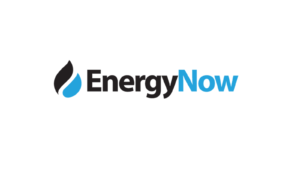




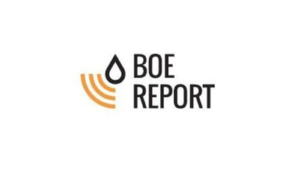
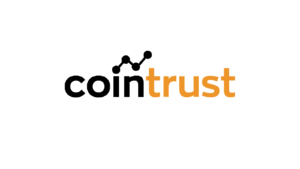

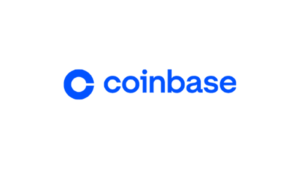

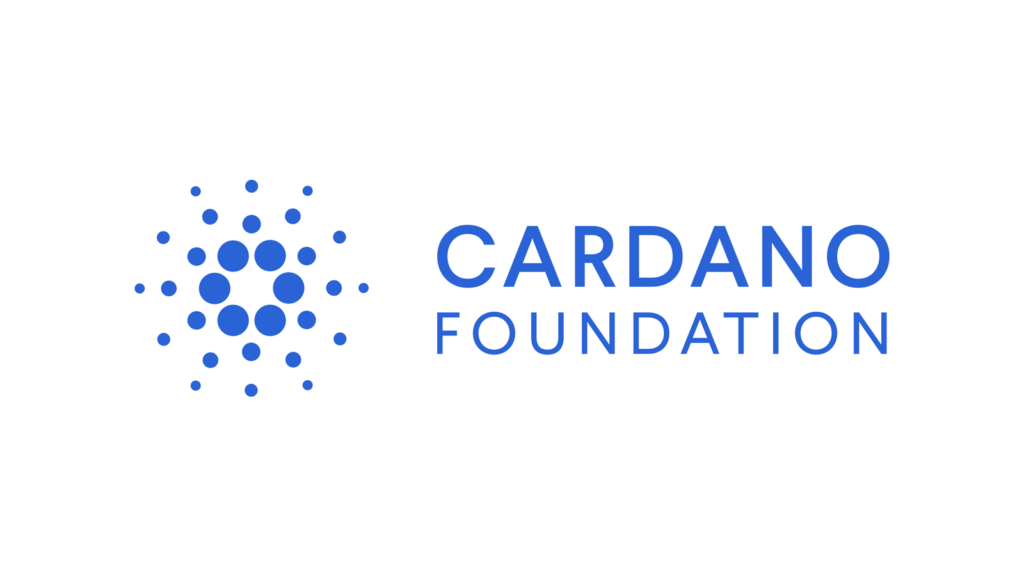
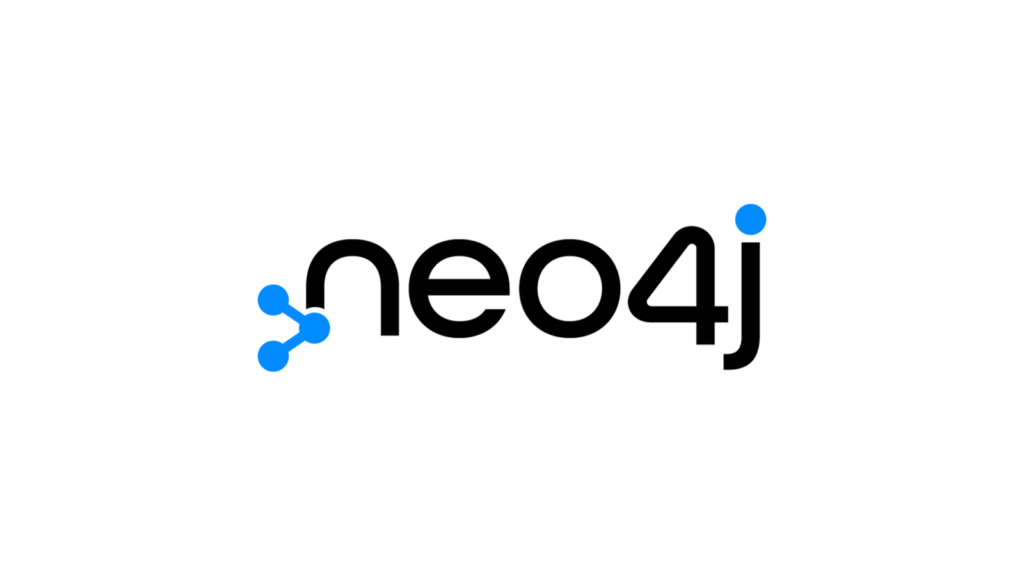
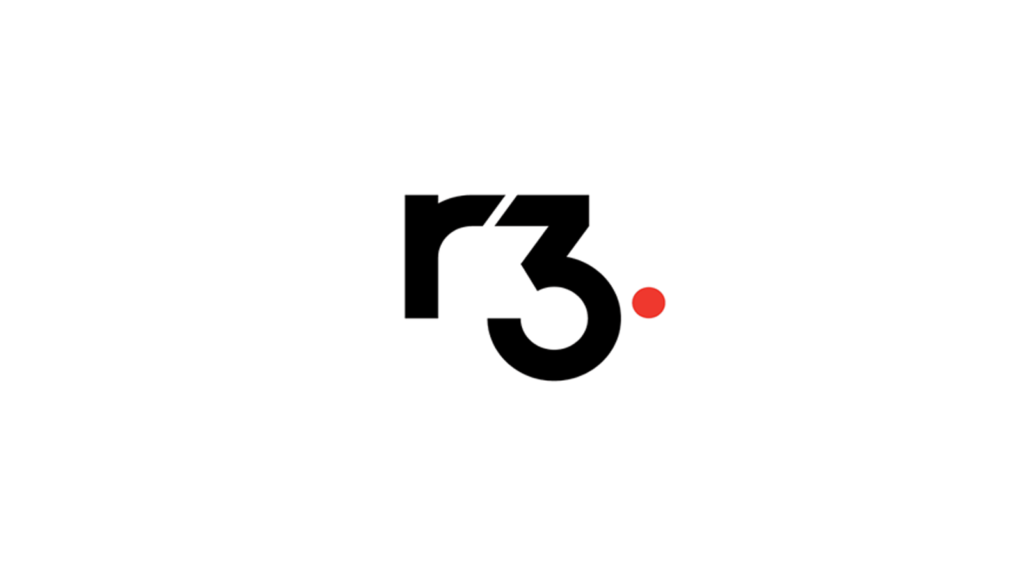




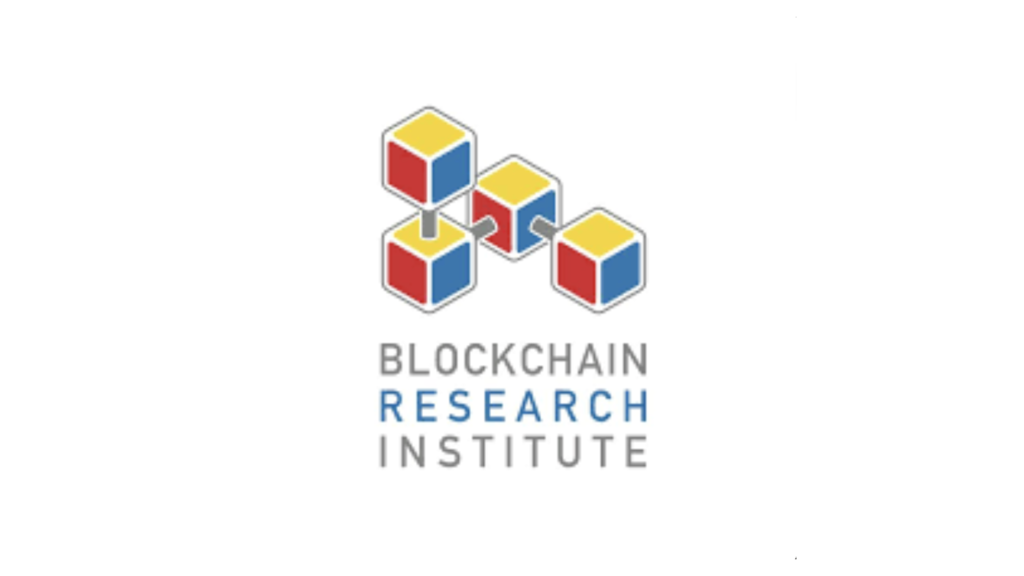



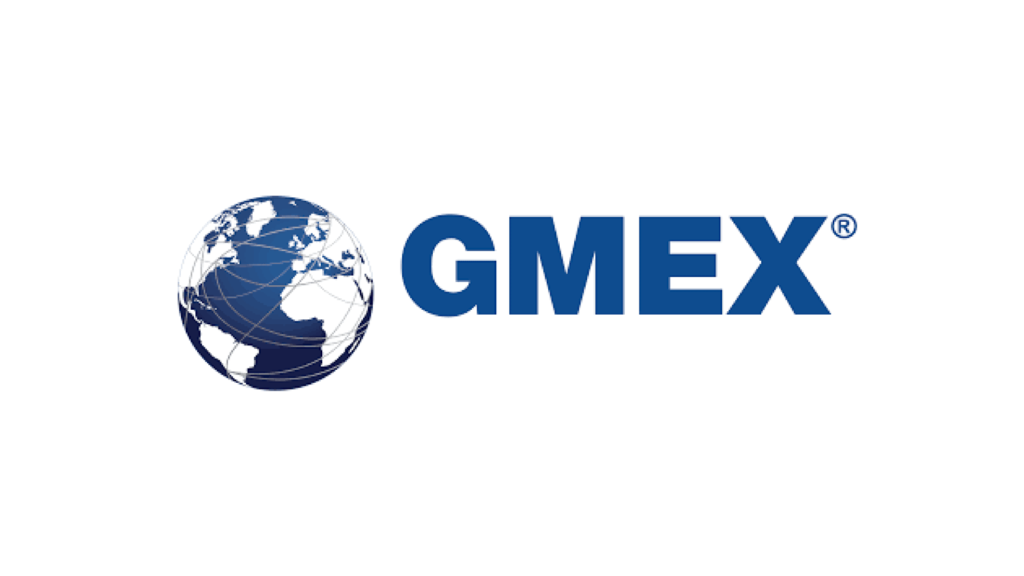






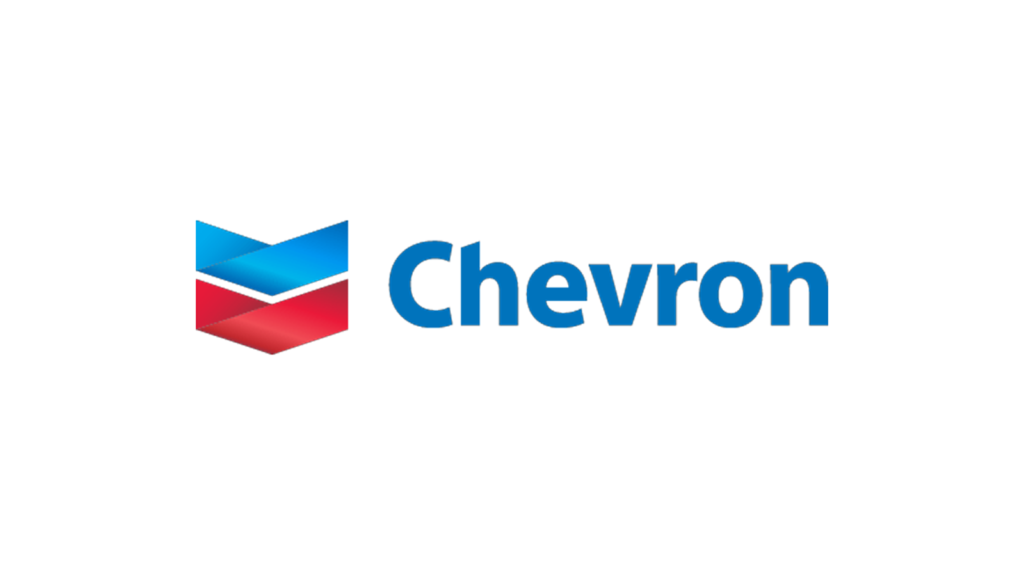
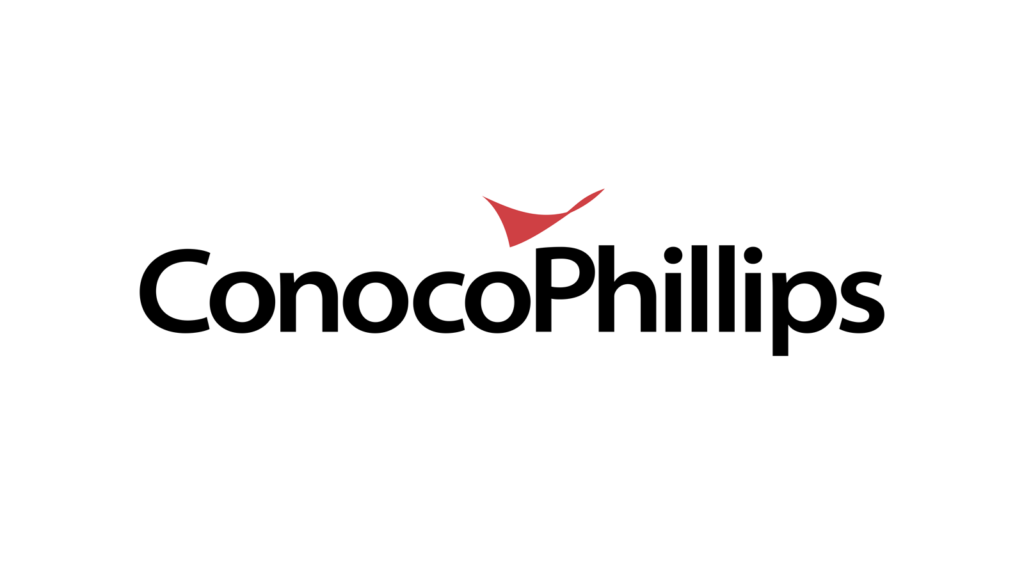
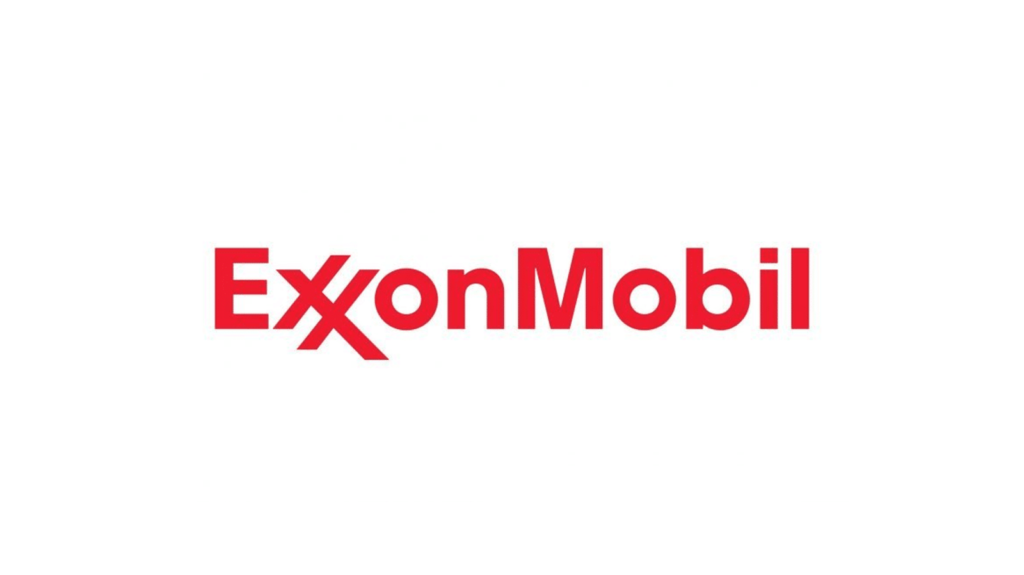
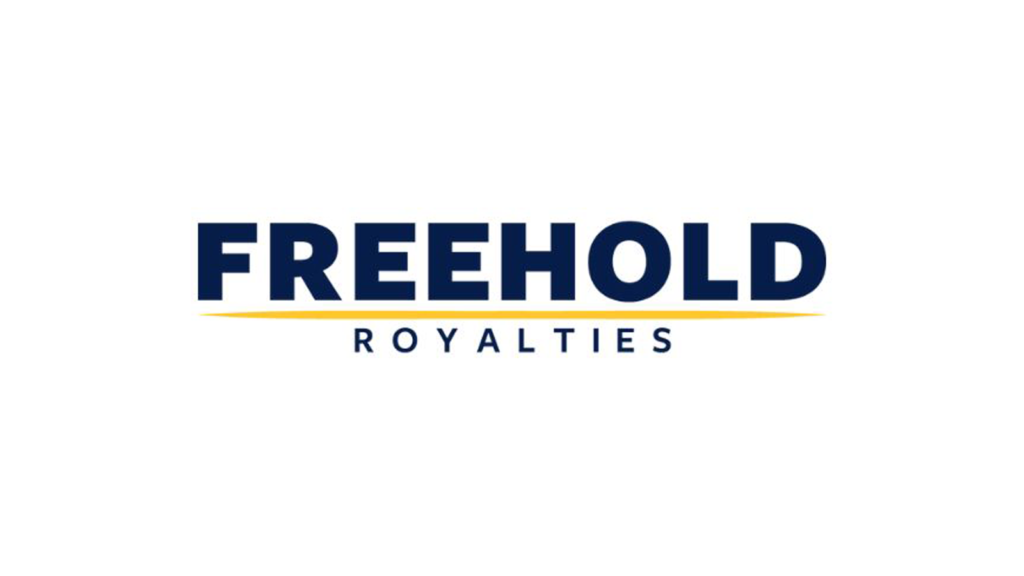

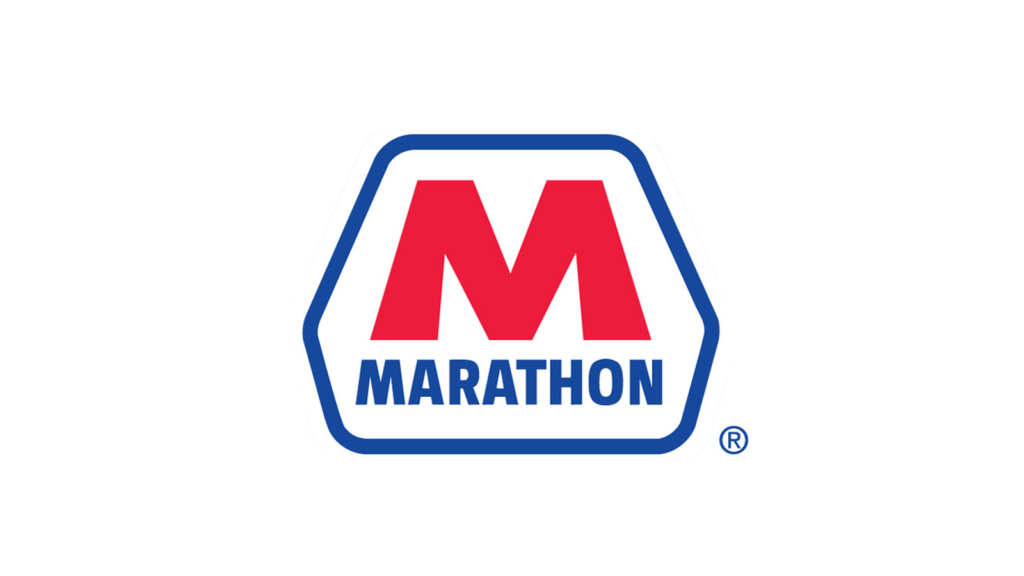

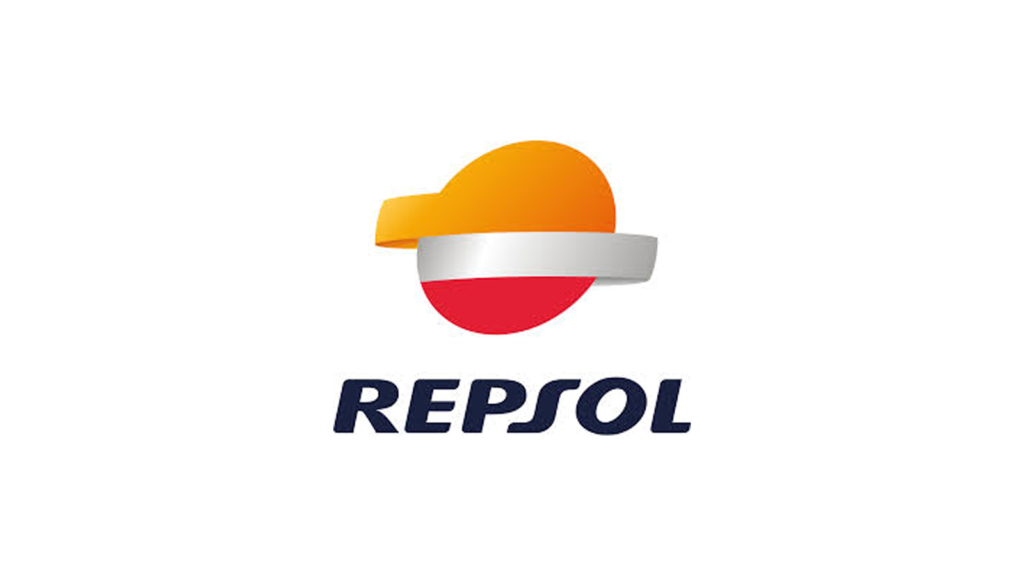

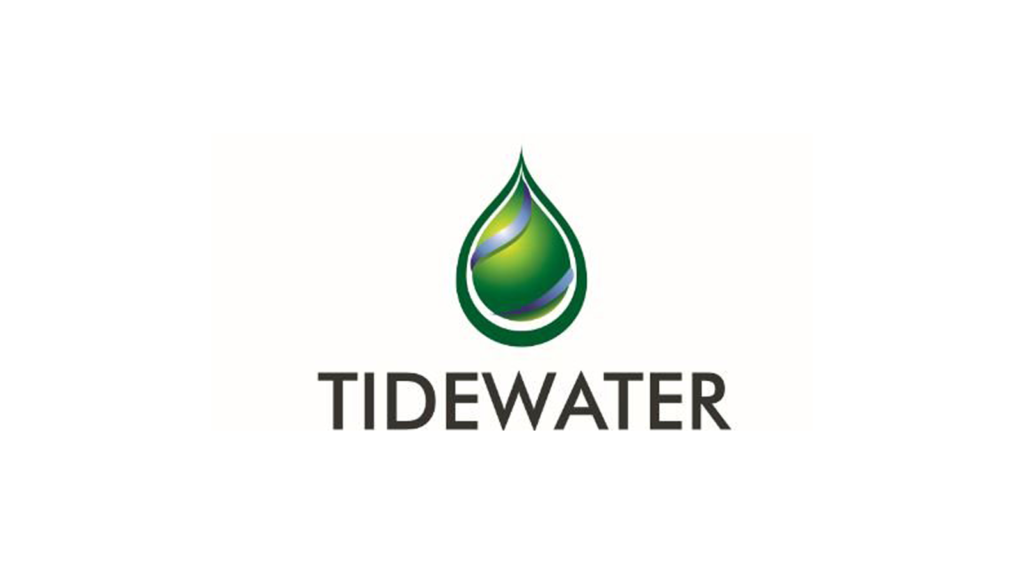
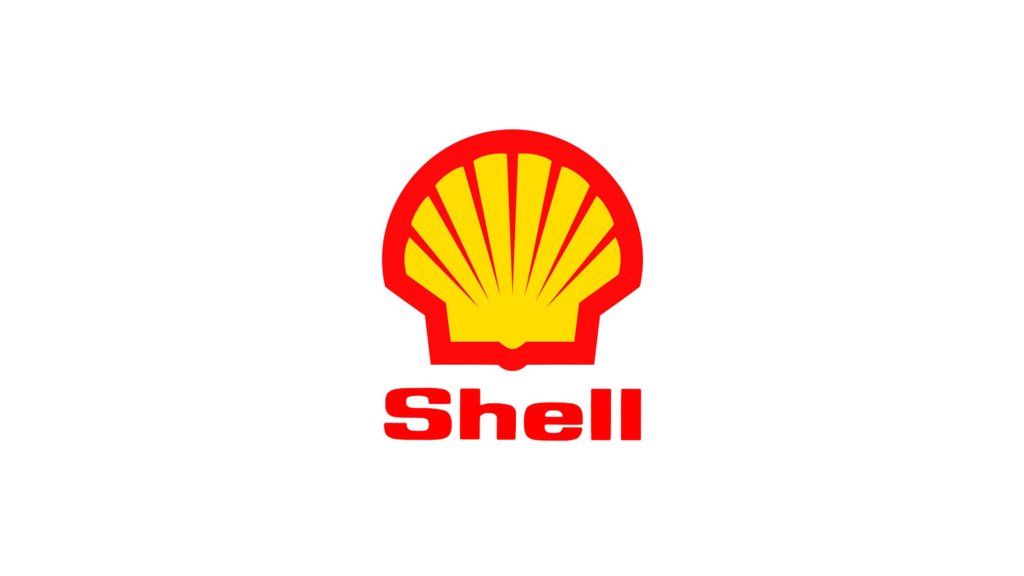

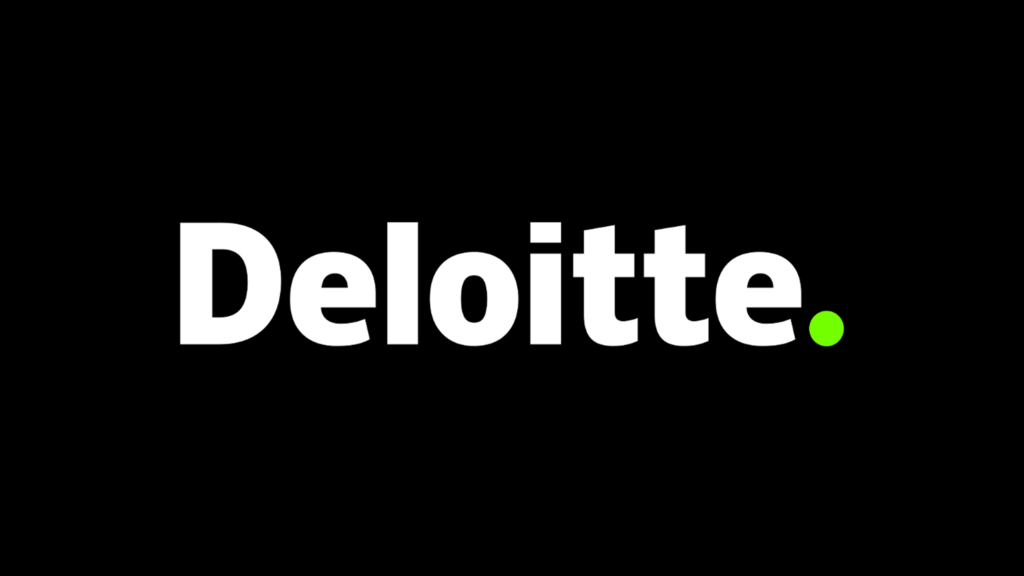





You must be logged in to post a comment.